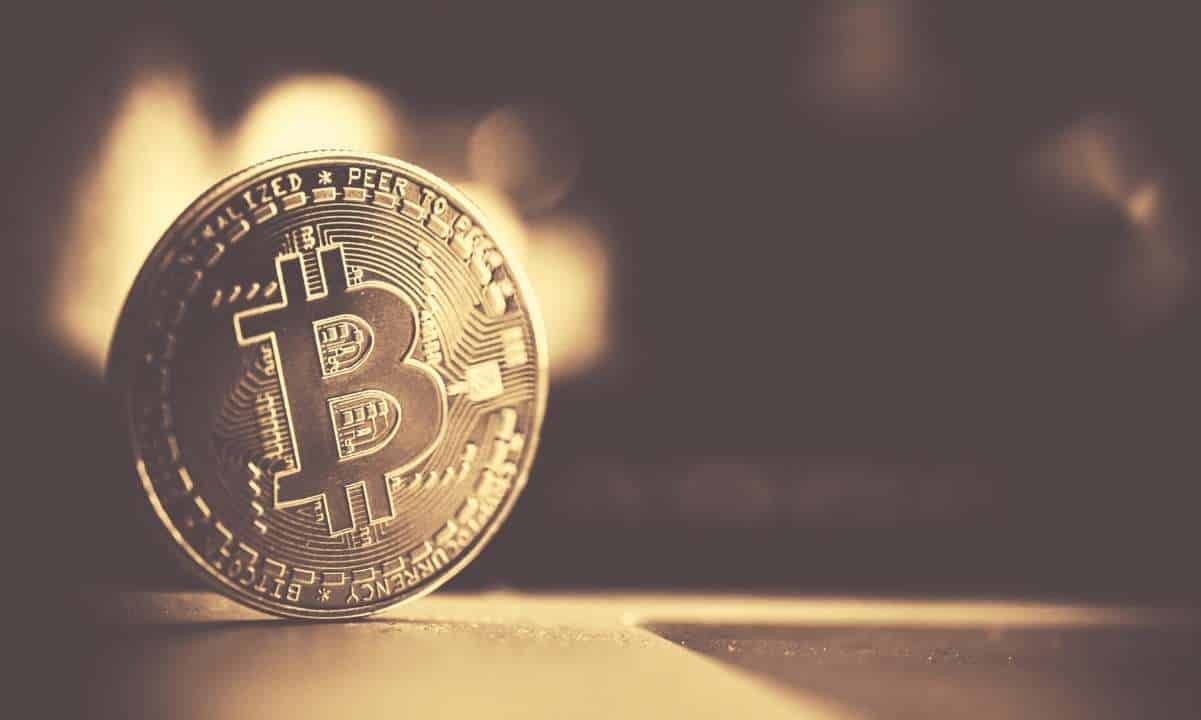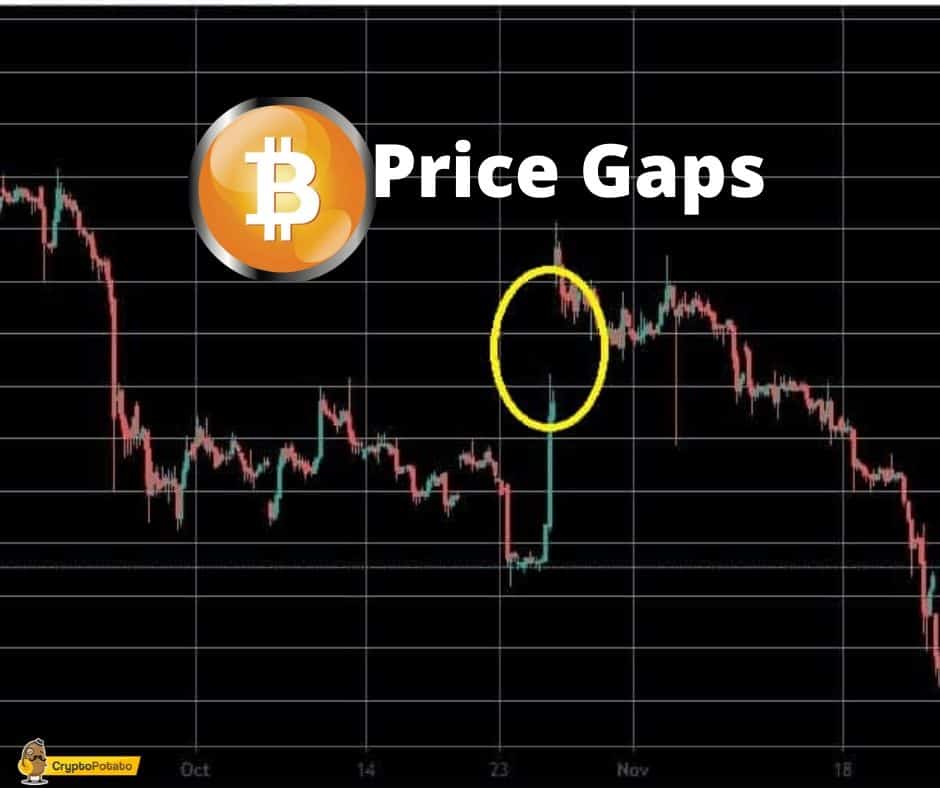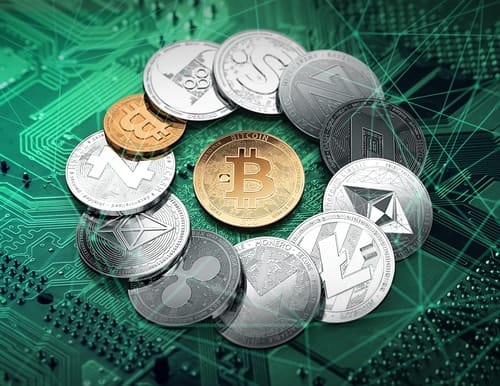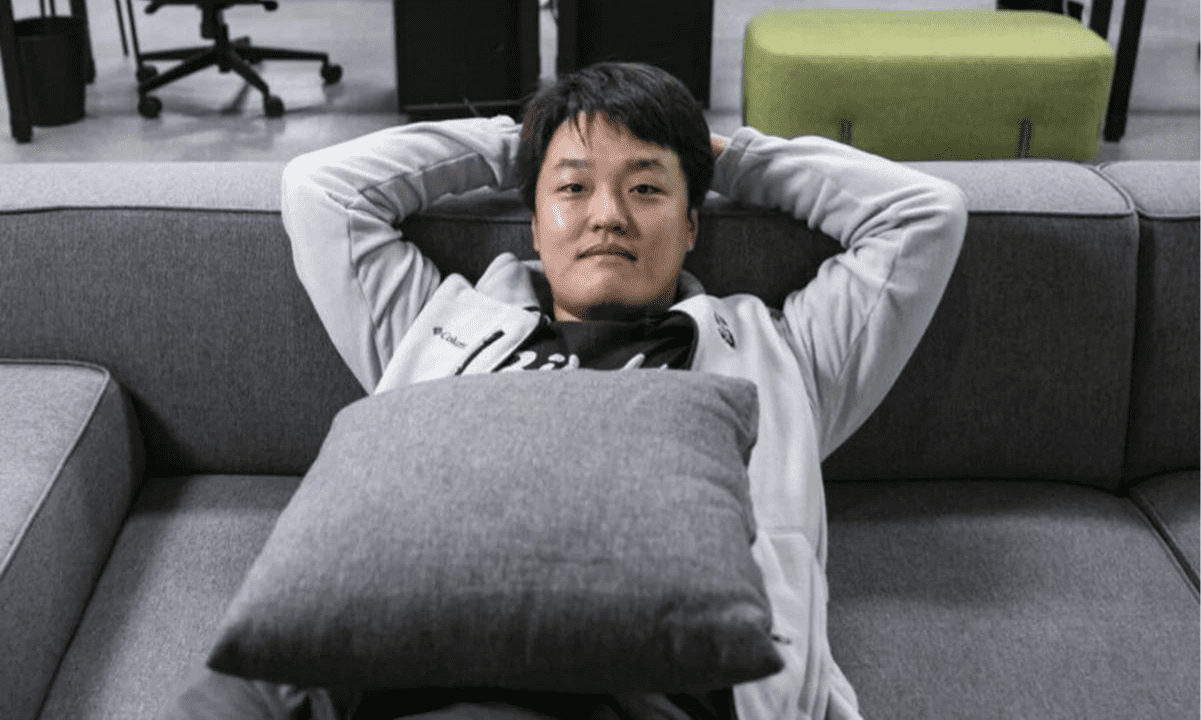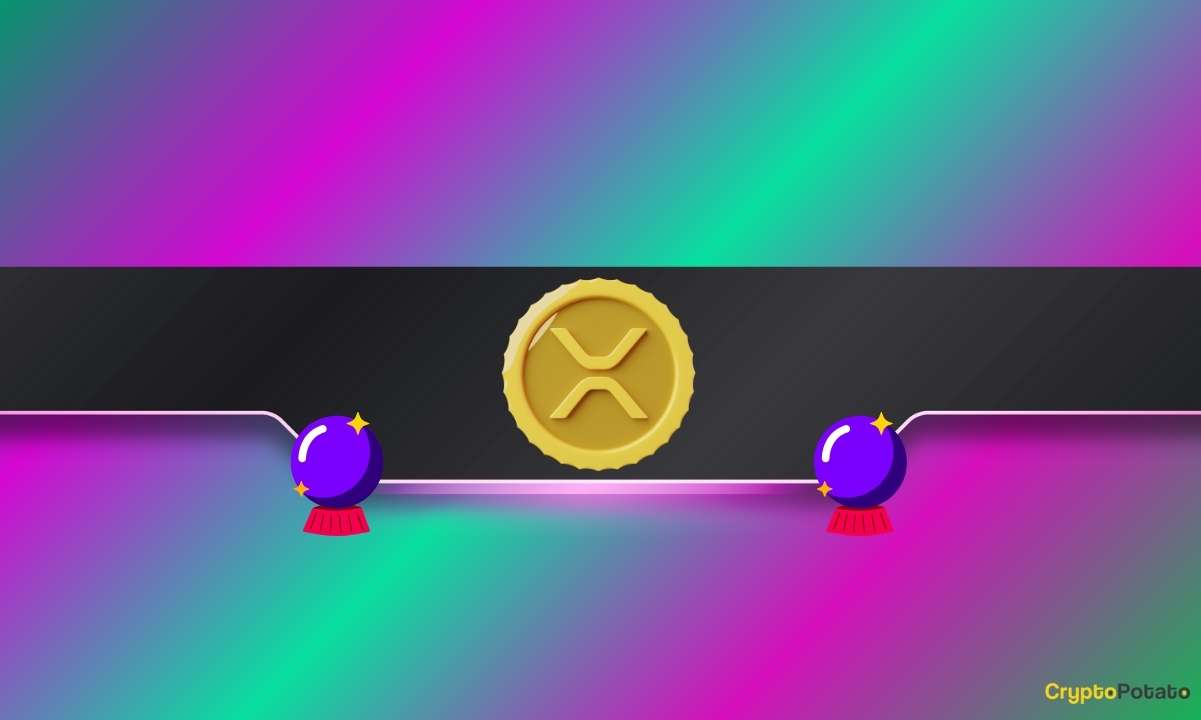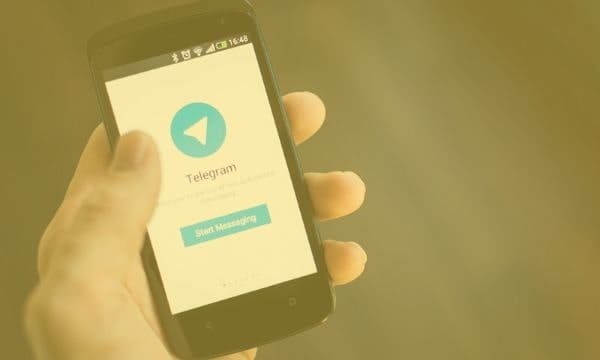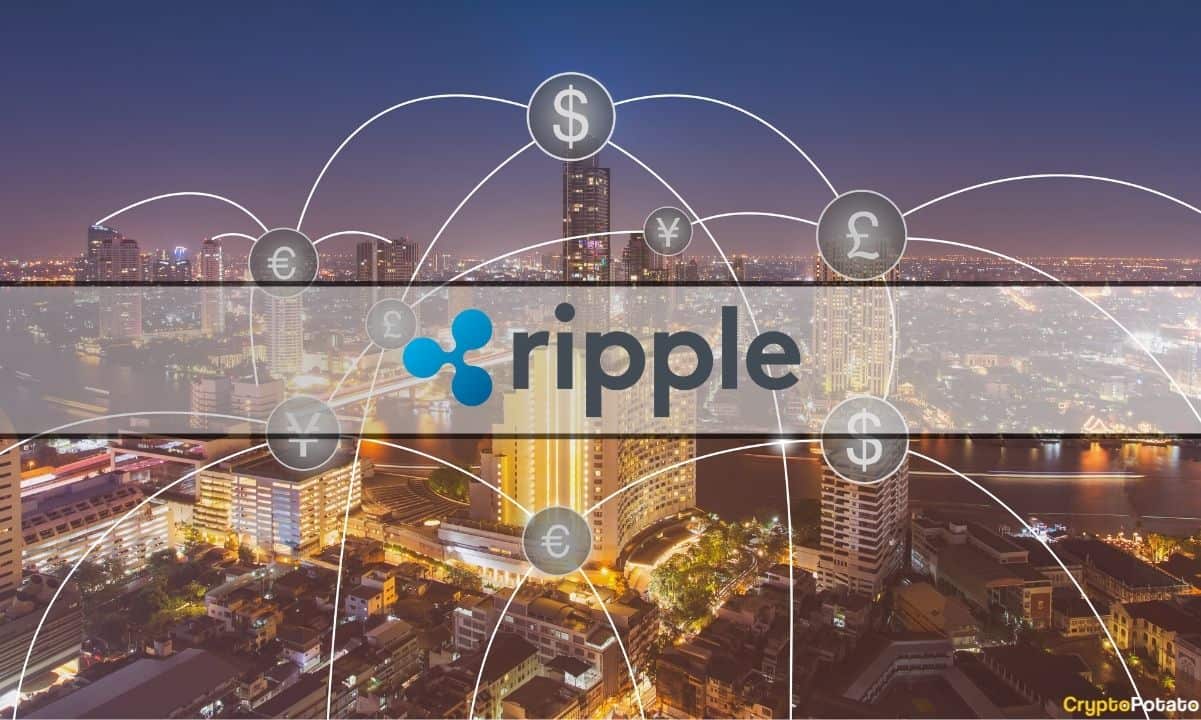Dan Larimer and ENF to Fork EOSIO Codebase Into New Repository Called Mandel
After voting to halt payments to its developer, Block.one, citing lack of financial transparency and slow progress, the EOS community is set to take control of the chain’s technical development.
Forking the EOSIO codebase
According to the press release shared with CryptoPotato, the EOS community will work under the guidance of the EOS Network Foundation (ENF) and Dan Larimer. The development follows troubles between the ENF and Block.one that has been brewing for quite some time now. But with the company out of the picture and the ENF taking the reigns, Larimar has big plans for the EOS ecosystem.
The exec will work towards creating technical independence from Block.one. In order to achieve that, the EOS network founder collaborated with the ClarionOS team on the Mandel codebase, which aims to replace EOS’s old code repository.
In short, Larimer and his team will fork the EOSIO codebase into a new repository called Mandel. Initially, there will be two major upgrades – Mandel 2.3, which is the natural successor of EOSIO 2.2, and subsequently Mandel 3.0.
The announcement also mentioned that Mandel 3.0’s candidate will be released on January 31st. It was made possible after Larimar received a fund of 200,000 EOS from the ENF. According to Larimar, the Mandel code fork is the “shortest path to EOS independence.” While revealing that this is just step one of a multi-year plan to strengthen EOS, the exec went on to add,
“I’m excited to partner with the ENF and I have never been more optimistic about the future vision for EOS. It is on the path to becoming the DAO of DAOs where new users won’t have to pay for accounts and countless people will be rewarded for contributing and inviting others who do the same!”
For the uninitiated, censorship has been a bone of contention for Larimar. In March, he came up with ClarionOS that focused on offering a decentralized network, similar to social media platforms such as -Twitter Facebook, but without censorship.
Relationship Turns Sour Between Block.one and EOS
Last year, the company was blamed for effective abandonment and mismanagement. The relationship between the community and Block.one has turned sour due to several reasons. The EOS community accused that the firm did little to increase the ecosystem’s growth and failed to deliver promises, including the network reaching one million transactions per second (TPS).
The release of 1,000 decentralized applications (dApps) remained a distant dream, while the development of the inter-blockchain communication solution was nowhere in sight. Everything went downhill after the creators of the EOSIO software announced they were selling 45 million EOS tokens to Brock Pierce’s Helios VC.
After endless speculations and negotiations between the EOS Network Foundation (ENF) and Block.one, the community, led by ENF leader – Yves La Rose, and other block producers, decided to halt payments to the company on December 8th. Following this, the ENF received around $21 million directly from the community, which marked the take over of the EOS network from the developer.

